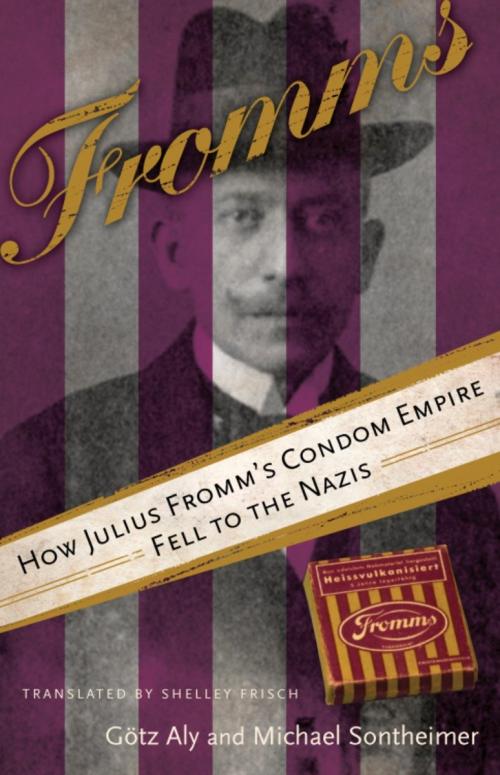The condom gained popularity after World War I began, not only in Germany, but throughout Europe and the United States. Venereal disease epidemics had been causing problems for army leadership even in peacetime, and during this period of modern mass warfare, conventional morality loosened and infection rates shot up. In the German infantry, the number of soldiers infected with syphilis or gonorrhea increased by 25 percent, and in the occupying forces the rate rose by 100 percent.
The leadership of all armies involved in the war extolled abstinence as a soldierly virtue while acknowledging the reality of the situation. In order to maintain some control over prostitution, they set up soldiers’ brothels. Behind the frontlines, existing establishments were often taken over and expanded. Near the main battlegrounds, medical service personnel improvised basic field brothels. Many of these dreary facilities made the use of condoms
mandatory. A German military doctor in the Warsaw area who was given orders to open a “brothel for the members of formations that came marching through” reported in his memoirs: “The entry fee for officers was three marks; for soldiers, one mark. The price included a condom and a voucher to hand to the girl.”
In most cases the brothels for officers were kept strictly separate from those for the rank and file. The upscale bordellos featured signs announcing: “Entry forbidden to dogs and enlisted men!” Ordinary soldiers were required first to display their genitals to Neumann, the legendary medical corporal, and then to register, before joining one of the lines in front of the brothels for enlisted men. The officers were spared any inspection, and consequently the percentage of men infected with venereal disease was markedly higher in this group. Before long there was a shortage of condoms. It is no coincidence that 1916 was the year that Fromms Act began its ascent as a modern industrial enterprise.

